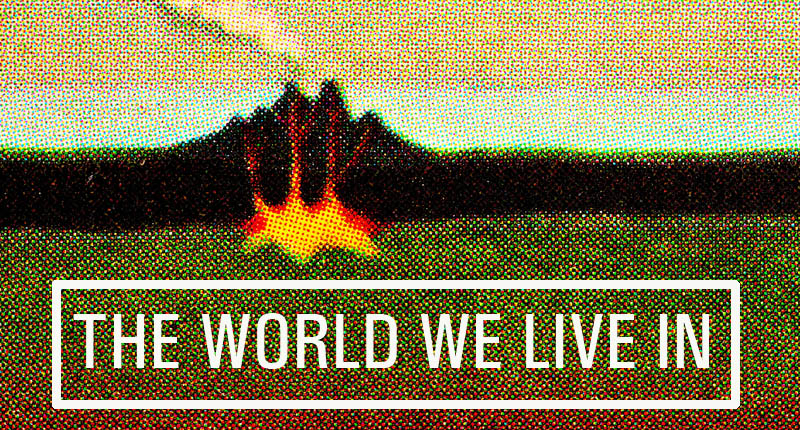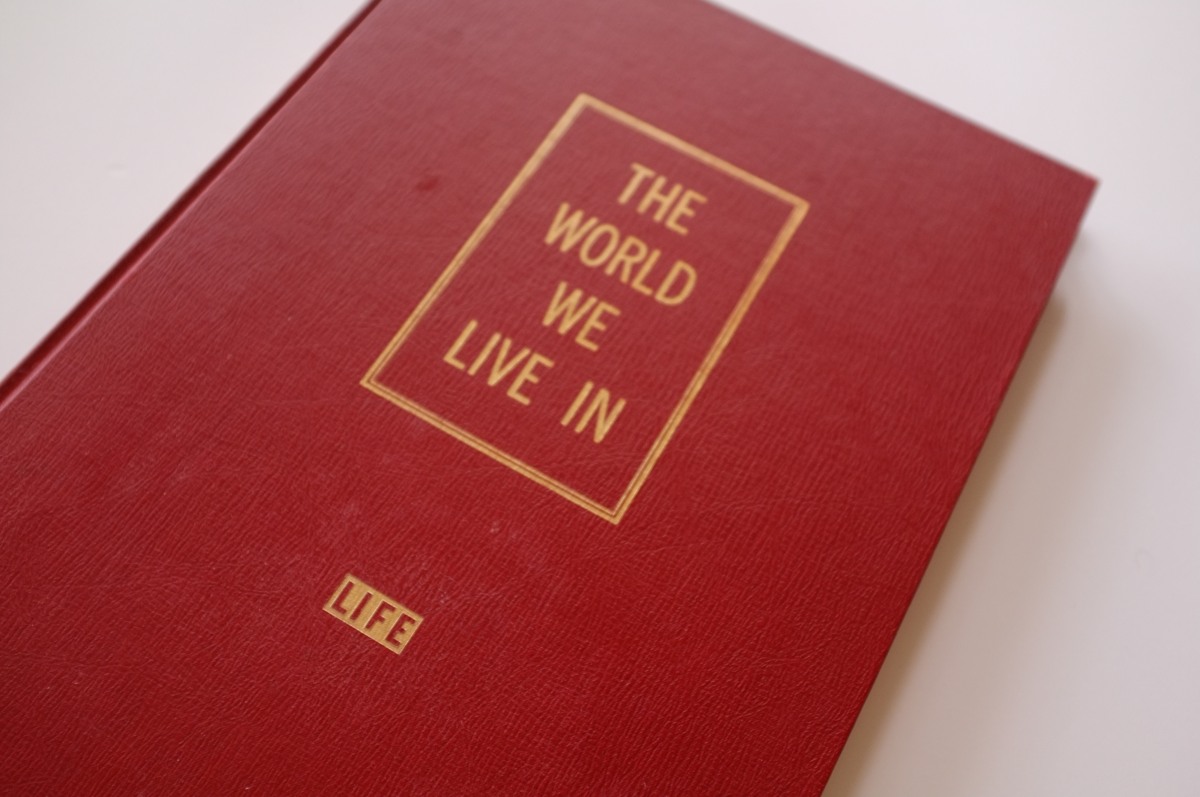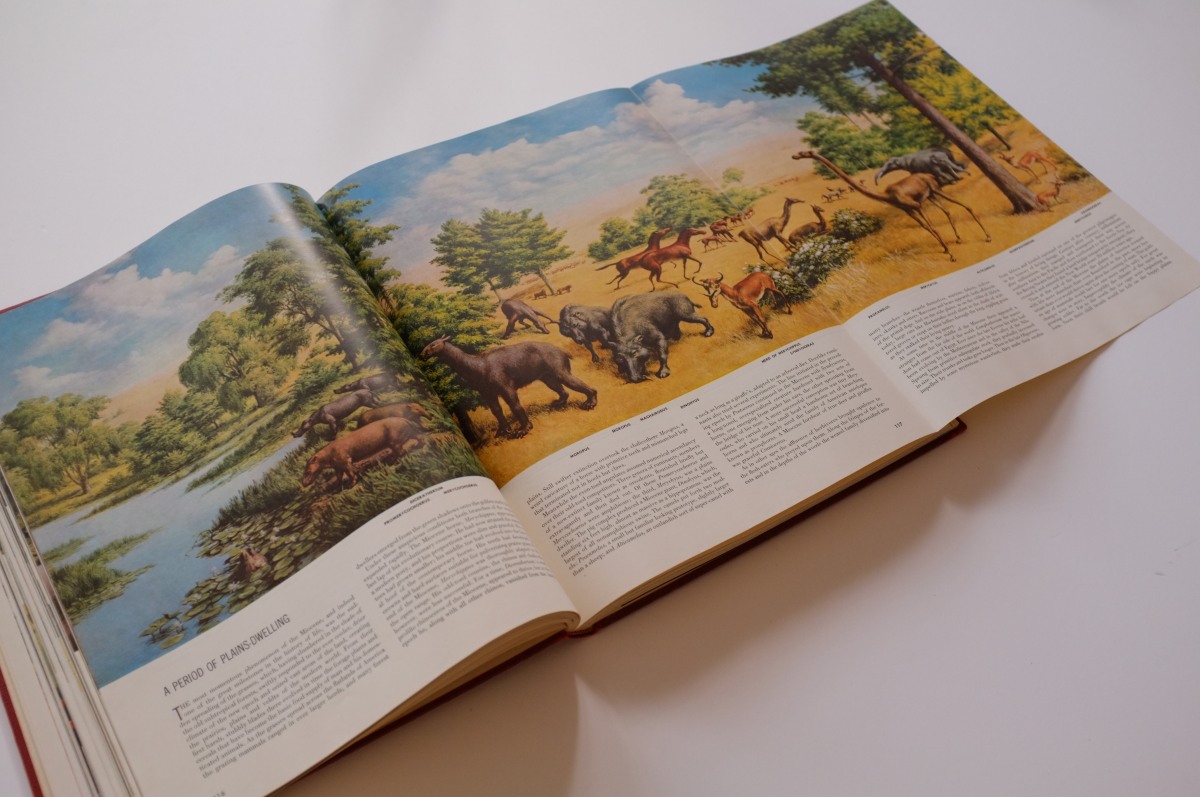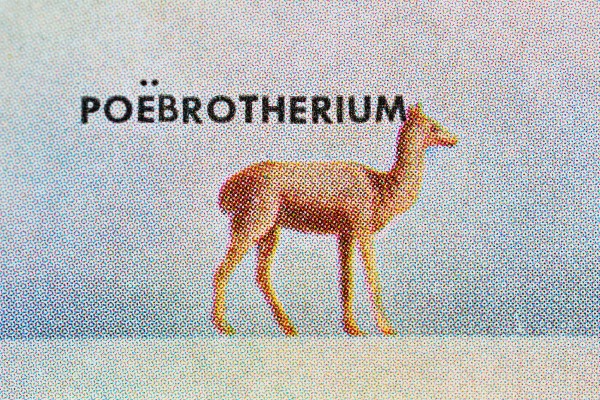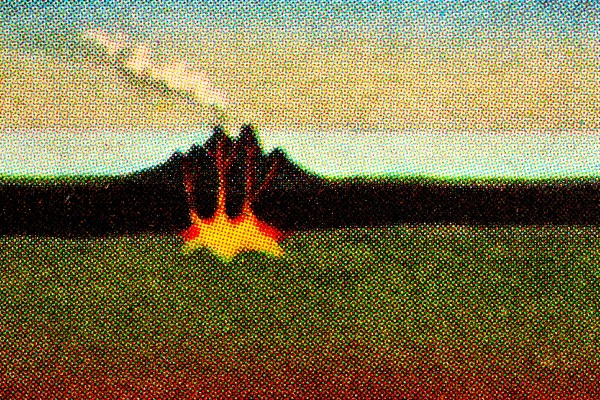This post is about my most recent exhibition – a series of six works inspired by the LIFE Magazine book The World We Live In.
In 1954 the US Magazine LIFE brought out an ambitious series of twelve articles under this title in consecutive editions of the magazine.
The articles used majestic illustrations painted by the best natural science artists of the day – coupled with grandiose prose by Lincoln Barnett – to describe the natural world. The articles had titles such as “The Earth is Born”, “The Miracle of the Sea” and “The Starry Universe”.
Upon publication they were recognised as a marvellous achievement, and the following year these articles were combined into a book with the same title. As a child I was fascinated by this book. Too young to read the articles, I spent hours poring over these illustrations. Their detail was astonishing; huge scenes of deserts or mountains, examinations of the birth of planets and the creation of oceans were printed in fold-out folio pages. The detail that these tableaux contained drew the viewer in closer and closer in to the scene in an invitation to seek out the finest elements of the picture, all of which were rendered with meticulous care.
On peering closer and closer at the pages eventually the illustration was lost, becoming nothing more than coloured dots that were the result of the half-screen printing process used to produce them.
The skill used to produce these articles was matched by the ambition of their vision; this goal – to represent the scope of the natural world in one volume – and the belief that it might be realised, bordered on hubris.
Looking back at the volume nearly sixty years after its production it is still majestic, but it is certainly dated.
It seems to come from a more optimistic time, when science was leading a path forward to a golden future. Of course, the nineteen fifties were not without their problems – the threat of nuclear weapons was very real – but it seemed then that the world was more under the control of man than it appears to be today. At that time it seemed that all problems could be solved by scientific advances and judicious government, whereas today we see a planet slipping into decay that we are powerless to stop.
In this work I seek to convey a nostalgia for that optimism – exemplified in the purity of the volcano, in the majesty of the nebula and the immutability of the fossil.
I also want to juxtapose the hand drawn illustrations against the mechanics of the reprographic techniques of the time.
In zooming in, and magnifying small sections of an image 25 times, the halftone screen of the printed book becomes a visual element of these works. I then have reproduced the images digitally onto polyurethane sheeting of the type that is used for signs and advertisements. By increasing saturation and contrast I hope to have highlighted the gulf between the delicacy of the originals and the mechanisation of their reproductions. It is an affectionate examination I hope, because of course the work would not have become available to a wide audience had it not been reproduced. The digital reproduction and disposable polyurethane I have used is again at odds with the permanence of the original illustrations and the world they portrayed.
More information in the archive
